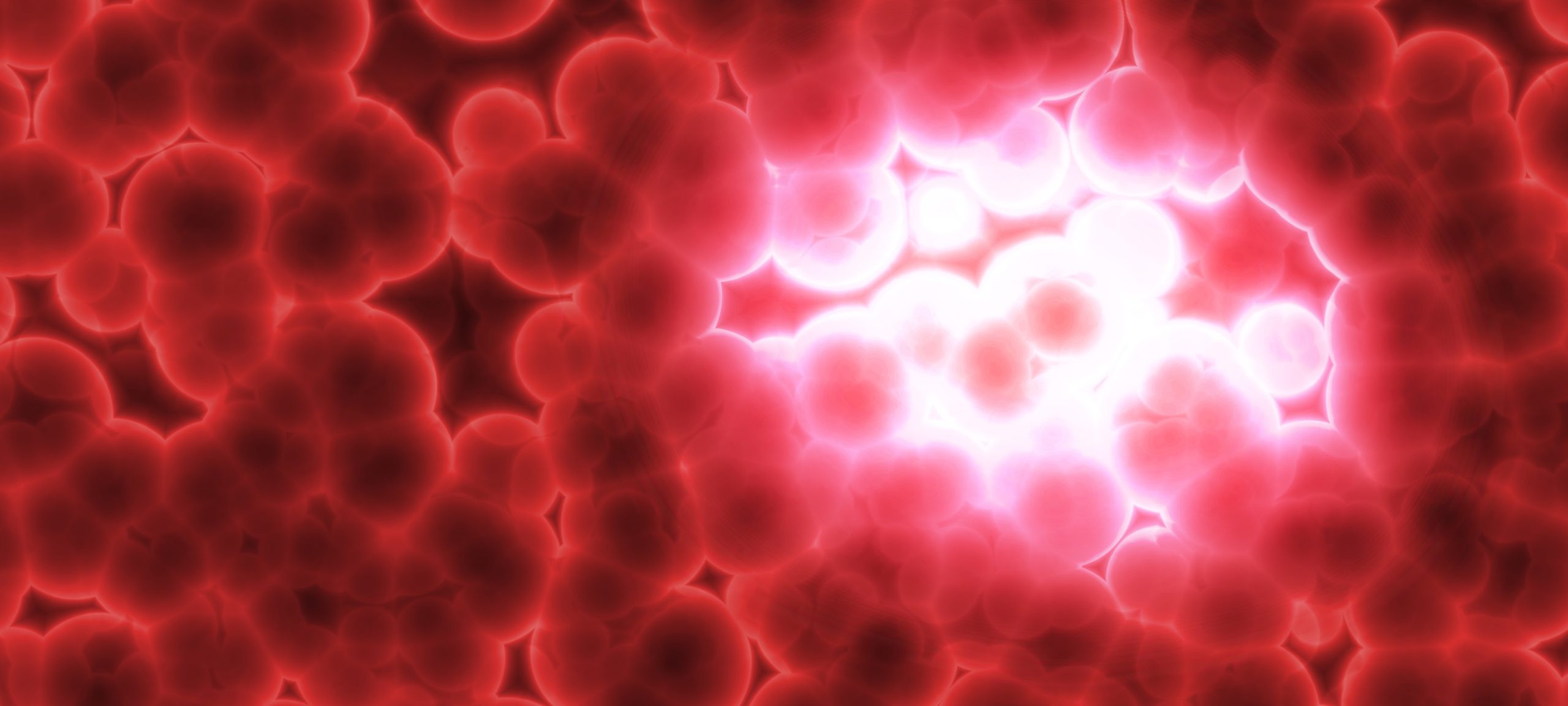New machine learning method improves testing of stem-like tumor cells for breast cancer research
To improve the prediction and identification of stem-like cancer cells, Prof. Euisik Yoon’s group developed a method that is 3.5 times faster than the standard approach.

 Enlarge
Enlarge
Prof. Euisik Yoon’s research group has developed a new, faster method to identify cancer stem-like cells (CSCs), which could help improve the effectiveness of cancer treatments.
CSCs can seed and develop tumors in metastatic sites, causing cancer to relapse in patients after treatment. They are also generally resistant to chemotherapy and radiotherapy, so therapeutics that directly target CSCs may greatly improve the success of cancer treatments. However, CSCs vary widely among and even within patients, making it difficult to develop treatments.
CSCs are identified by their ability to grow to tumorspheres in a harsh suspension environment. As such, single-cell suspension culture has proven to be an effective method to identify and study CSCs in a specific patient. In addition, microfluidics has vastly improved this method, for it allows single cells to be isolated reliably in high throughput, which helps reduce false identification of CSCs.
But even with microfluidics, the process can take up to two weeks. This is not ideal, for the risk of mishandling and cell contamination increases the longer the experiment runs.
To address these issues, Yoon’s group developed and trained a convolutional neural network (CNN), a machine learning method for image classification, to predict single-cell derived tumorsphere formation.
“Using bright field images, we can predict drug response much earlier from common morphological features of cell viability by machine learning algorithms,” Yoon says.
The model was trained to correlate the cellular images of breast cancer tumorspheres in micro-wells on Day 4 with their final size on Day 14. Using Day 2 images, this model predicted the formation of tumorspheres with 87.3% accuracy. It had 88.1% accuracy with Day 4 images. In addition, with Day 4 images, the model estimated the rate of tumorsphere formation to be 17.8%, which was close to the true rate of 17.6% on Day 14.
This method can help advance the study of CSCs in breast cancer, improving targeted treatments with potential similar success in other types of cancer. The next step is to see if the model can be widely applied to other forms of cancer.
“The combination of single-cell analysis and machine learning will create strong synergistic effects to expedite bio-discovery,” says Yu-Chih Chen, an Assistant Research Scientist and the first author of the paper. “As different types of cancer cells may have different proliferation rates, we need to normalize and rearrange the model so it can be applied more generically and be more dependable in clinical applications.”
The paper, “Early Prediction of Single-cell Derived Sphere Formation Rate Using Convolutional Neural Network Image Analysis,” is published in Analytical Chemistry.